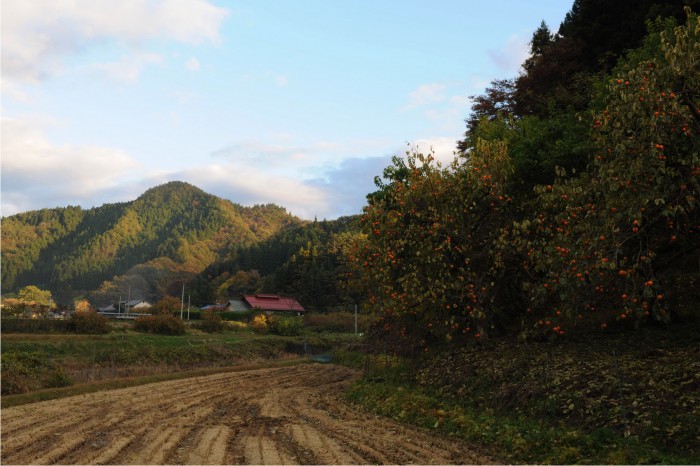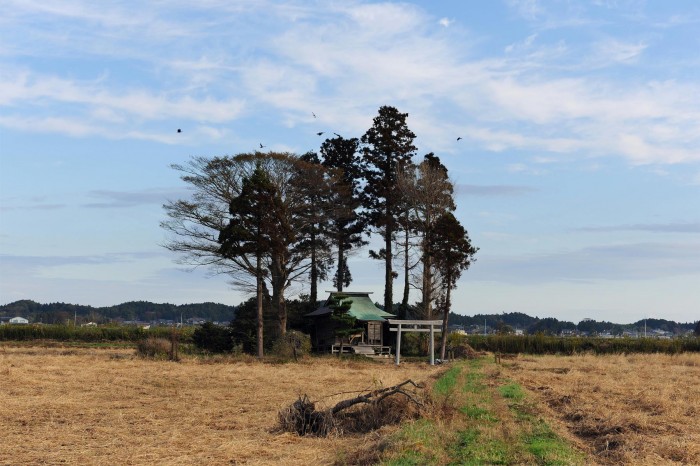Seeking out the visible, documenting it and presenting it through the medium can have meaning, but I derive no value from that. For example, isn’t it the case that if you research a certain subject you wish to photograph you will find that there are already tens of thousands of images related to that subject floating around? Confronted by this situation, I feel that even if I can create a slightly better photographic image, it will still feel like squirting a water pistol underwater.
Seung Woo Back, interviewed in “Seung Woo Back: Nobody Reads Pictures”
The last quote I put up from this book received a number of comments which showed varying degrees of denial about the situation of making photographs in 2012. I am not asking everyone to stop pointing their lens-based image-creating devices at real-world phenomena. Do I even need to make that clear? To be really plain about it, this situation isn’t anything more than the air we are breathing, or, you know, the water in which we’re swimming. It’s depressing to think that this thought would be considered inflammatory when it’s so obvious.
We have talked around the concept of a goal, which I would venture to say goes beyond questions of representation, or aesthetics. This is why Back is skeptical about taking the “slightly better photographic image.” If that aesthetic effect also constitutes the entire goal of the work itself, the work is useless, i.e. it has no real effect, because this effect is immediately canceled out. John brought up Tumblr, which I think that can show why this is true: just look at the volume of aesthetically pleasing images that a user like jesuisperdu posts every day. Like Back, jesuisperdu also puts forth an argument against an aesthetically-motivated photography, because whatever single photograph you take, there’s a Russian teen who can take one that’s just about as good. The challenge for photographers is not to find a style but a goal.

